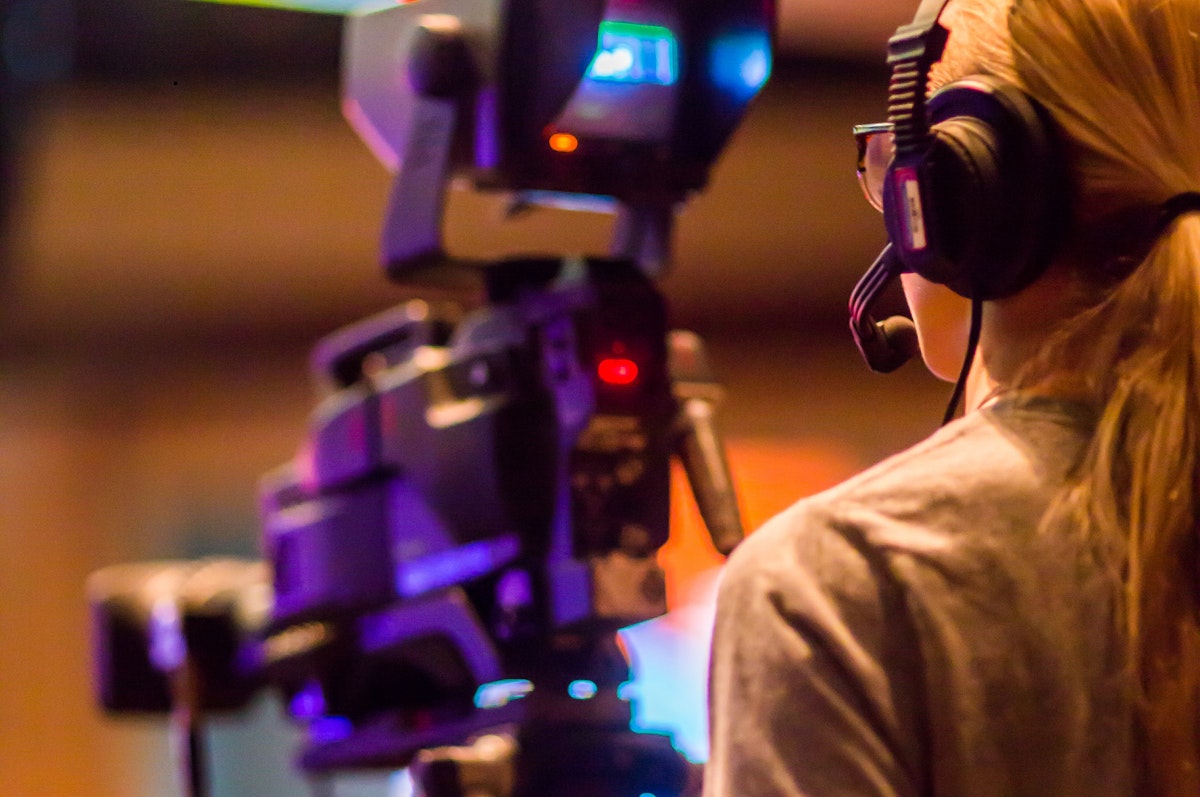Deciding between the green vs blue screen can be tricky especially for someone without adequate knowledge about the two.
Some months ago, we had a press conference with about 200 news reporters from different media houses across the country. What disturbed us most was that a good number of them had to ask for the difference between green and blue screen apart from the obvious one. This forced us to take time and find out how we could assist them. In our discussion below, we have outlined a few differences between these two screen colors hoping that we will benefit many readers from various parts of the world.
Why should you choose blue instead of the green screen or the other way round?
To start with, one of the factors is the foreground object.
Since the color of the screen is normally removed when compositing any program, it will be strange to shoot for example Kermit using a green screen although it is a lesser reason in the modern world. The other crucial aspect when it comes to selecting green vs blue screen is budgeting and scheduling. In case you opt to use the blue screen entirely, you should be ready to spend more on the same.
On the other hand, if you use both the screens you are likely to run into a number of scheduling problems every now and then because the usage of the two colors at depends on number of other factors. The factors in question normally change during each of the shootings. Some of them include design changes, actors’ availability, and weather re-scheduling as well as prolonged delays in the other sets.
The green screens are sometimes the best because of they are very clean when you are using the modern digital cameras in the market. For your information, the green screens have a higher luminance than the blue screen. In fact, they are better than the red screens too therefore the sensors tend to deliver little or no noise sometimes.
Despite the many positive things we have talked about the green screens, they have a few shortcomings hence making the blue screens the best alternative in such cases.
First, because of their high luminance levels, the green spill is equally higher than that of the blue light. In other words, color correction on the blue screens is easier as opposed to the green screens. In case you are having subjects with blonde hair, for example the hair turns red easily once you remove the green spill from the particular post.
In summary
In summary, it will be unreasonable for anyone to use the blue or green screen entirely because there are cases where may require the other. Despite the green screen, having a number of advantages such as high luminance, when it is time for correction you will realize that the blue screen is wonderful. In simple terms, each of the screens has its positive and negative sides hence the prevailing factors are the ones that will determine your choice.
